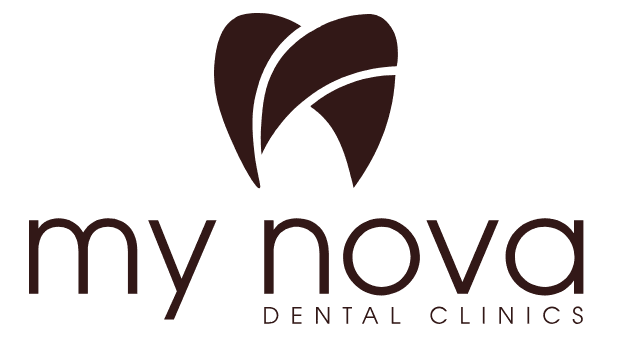GENERAL INFORMATION
Periodontology is the department that clinically, microscopically, and biochemically examines the hard (cementum, alveolar bone) and soft (gingiva, peri-implant mucosa, periodontal ligament) tissues surrounding teeth and dental implants, and focuses on the prevention, diagnosis, and treatment of diseases affecting these tissues. Periodontal diseases are also referred to as gum diseases and are generally divided into two categories: gingivitis and periodontitis.
Gingivitis: Gingivitis is inflammation of the gums caused by the accumulation of bacterial plaque and calculus on the tooth surface. With an incidence of approximately 90% in the general population, gingivitis may present with redness, swelling, and bleeding of the gums. Many mild cases of gingivitis can be reversed with daily toothbrushing and dental flossing. However, when hard deposits (calculus) are present, professional dental cleaning is required. Gingivitis does not cause bone loss; the disease is limited to the gum tissue.
Periodontitis: If gingivitis is left untreated, it may progress to periodontitis. In periodontitis, the infection extends beyond the gums to the other tissues supporting the tooth. As a result of infection, the gum detaches from the tooth, forming pockets. Bone destruction occurs in the tissues supporting the tooth.
POSTOPERATIVE INSTRUCTIONS
- Do not eat for two hours (until the effect of anesthesia wears off). Rest at home if possible. Avoid prolonged exposure to sunlight during summer months. Do not spit for several hours following the operation.
- A slight oozing from the surgical area within the first 24 hours is normal and may tint your saliva red. Contact your dentist if bleeding persists for a prolonged period.
- Avoid hot or hard-textured foods today; prefer a liquid diet.
- Consume lukewarm or cold foods and drinks. Avoid chewing on the operated side as much as possible. Cold temperatures will also help reduce bleeding.
- Do not take a hot bath today.
- Mild swelling may occur in the operated area. To minimize swelling, apply an ice pack to the cheek over the surgical site during the first 24 hours (apply for 2 minutes at 5-minute intervals).
- If no pain medication was prescribed by your dentist, do not take aspirin under any circumstances. Avoid using any medication not prescribed by your dentist.
- If a protective paste (periodontal dressing) was placed over the wound, do not brush that area. Take care not to dislodge the paste. You may brush the untreated areas starting from the second day.
- If the paste placed over the wound falls off within the first three days, contact your dentist immediately. Do not attempt to reposition it yourself; please inform our clinic.
- Avoid smoking, alcohol, and acidic foods or beverages during the week following surgery.
- Do not pull your cheeks or lips to inspect the surgical area.
- You may brush the non-operated areas as usual. Do not brush the operated area for the period specified by your dentist. Rinsing gently with a glass of lukewarm water after meals may provide relief. Use the prescribed mouthwash twice daily (morning and evening). Do not eat, drink, or rinse for one hour after using the mouthwash.
- Visit your dentist after one week to have your sutures removed. If a dressing was placed, it should also be removed after one week by your dentist.
FREQUENTLY ASKED QUESTIONS
What are the risk factors that contribute to gum diseases?
Smoking: Smoking is the most significant risk factor in the development of gum diseases and also reduces the success of treatment.
Hormonal changes in women make the gums more sensitive to inflammation. During pregnancy, puberty, menopause, and the menstrual cycle, fluctuations in estrogen levels can increase certain bacterial populations, thereby affecting periodontal health.
Diabetes: Individuals with diabetes are at higher risk for infections. Since diabetes impairs the body’s immune response, the likelihood of periodontal disease is increased.
Various medications may cause dry mouth by reducing salivary flow, creating favorable conditions for gum disease. Some calcium-channel blockers, anti-epileptic drugs, and oral contraceptives may cause gingival enlargement, which complicates oral hygiene and increases the risk of gum disease.
Cancer or AIDS: Treatments for certain systemic diseases such as cancer or AIDS can negatively affect oral health and predispose to periodontal diseases.
Insufficient oral hygiene habits: Failure to maintain proper hygiene allows plaque to accumulate. Plaque is not food debris but a bacterial biofilm, which is the primary cause of gum diseases.
Genetic predisposition: Genetic factors play a role in gum diseases. Different individuals may exhibit varying inflammatory responses to the same amount of plaque. Some may develop severe symptoms, while others may experience only mild inflammation.
What are the symptoms of gum disease?
- Spontaneous or brushing-induced gum bleeding
- Red, swollen, and tender gums
- Painful chewing
- Tooth mobility
- Tooth loss or displacement
- Sensitivity to hot or cold
- Gum recession or elongation of the teeth
- Bad breath or unpleasant taste
- Changes in tooth alignment while biting
- Detachment of the gums from the teeth
- Pus discharge between the teeth and gums
How can gum diseases be prevented?
- Brush teeth at least twice daily on a regular basis.
- Use dental floss every day.
- Visit your dentist every six months for routine check-ups.
- Avoid smoking.
Do gum diseases affect general health?
Since gum diseases act as a focal source of infection, they pose a threat to overall health. Studies have shown that pregnant women with periodontal disease are seven times more likely to experience low birth weight or pre-term delivery compared with those who have healthy gums.
Osteoporosis is a disease that decreases bone density. Individuals with osteoporosis tend to have a higher rate of tooth loss, which further increases when gum disease co-exists.
In individuals with diabetes, gum disease makes blood sugar control more difficult and can worsen diabetic status. When periodontal health is restored, improvements in glycemic control have been observed.
Individuals with gum disease have nearly twice the risk of developing coronary artery disease compared with those with healthy gums.
In patients with gum disease, oral bacteria may spread to the lungs through respiration, potentially leading to respiratory infections such as pneumonia.


